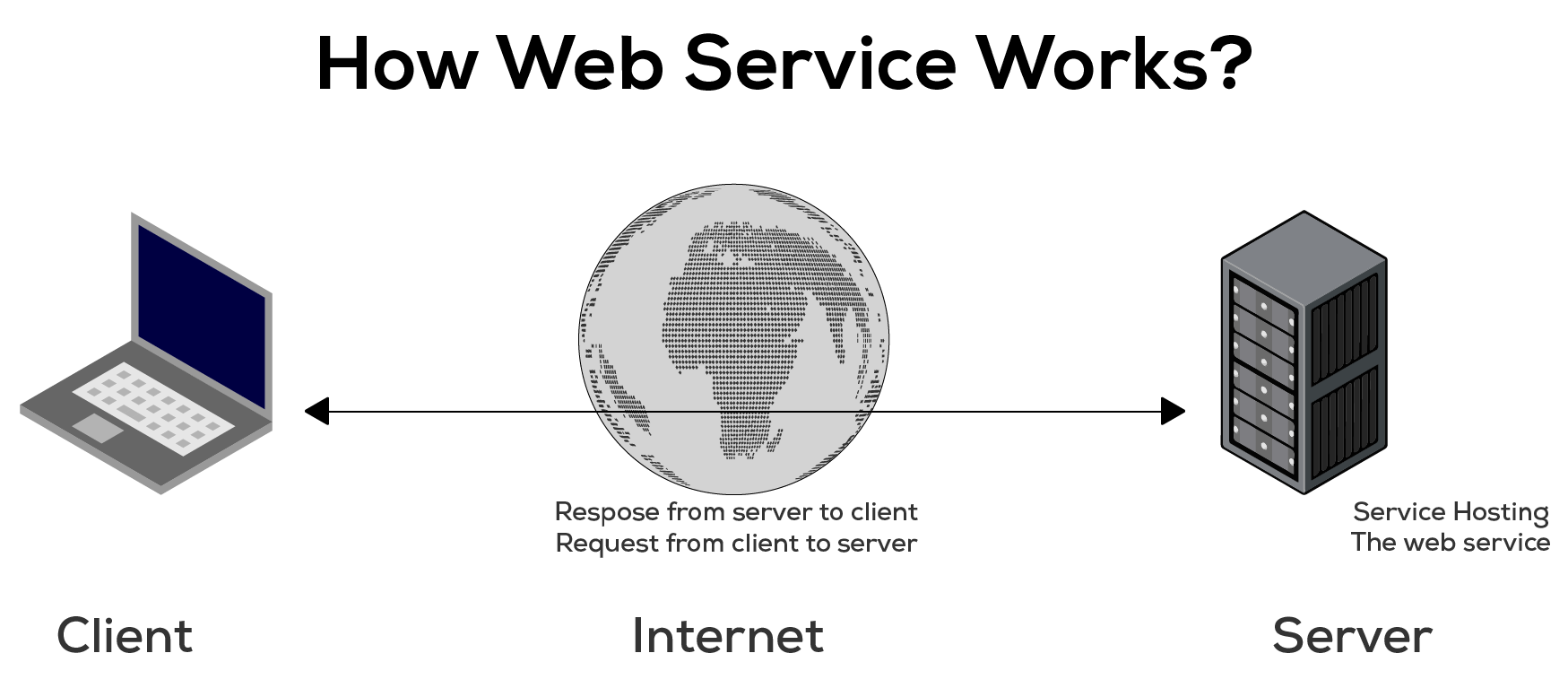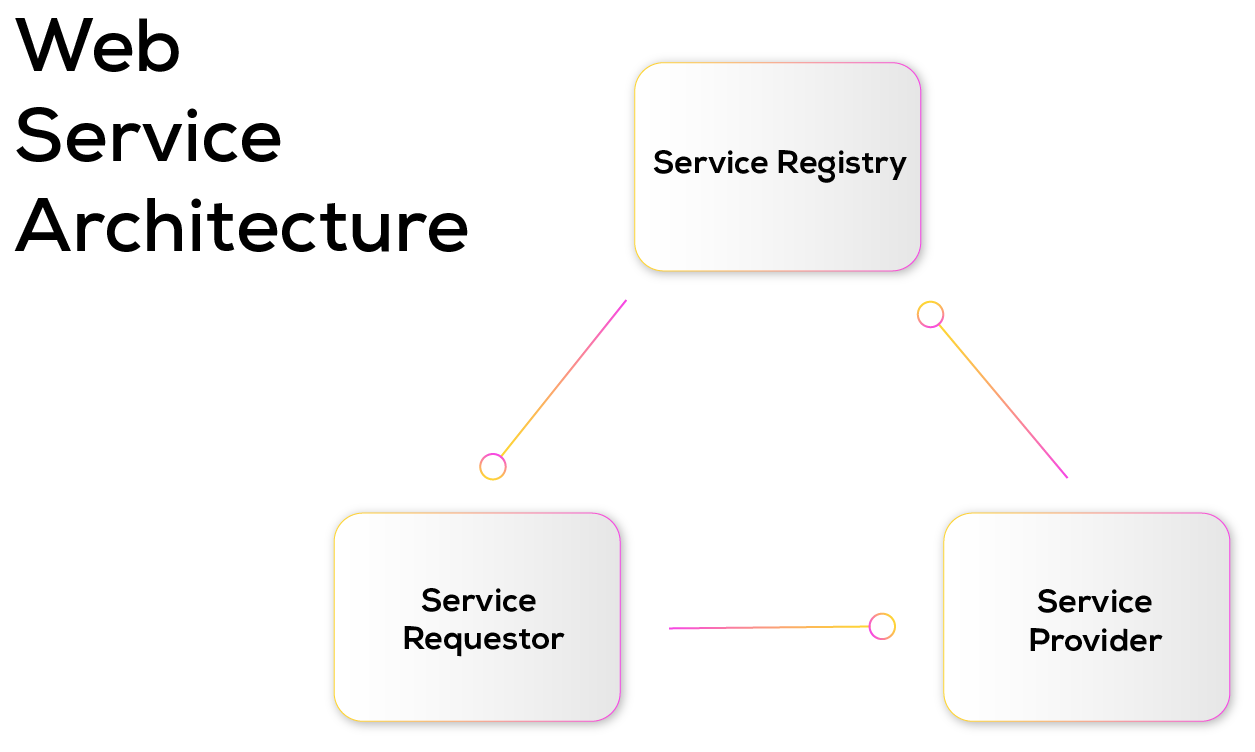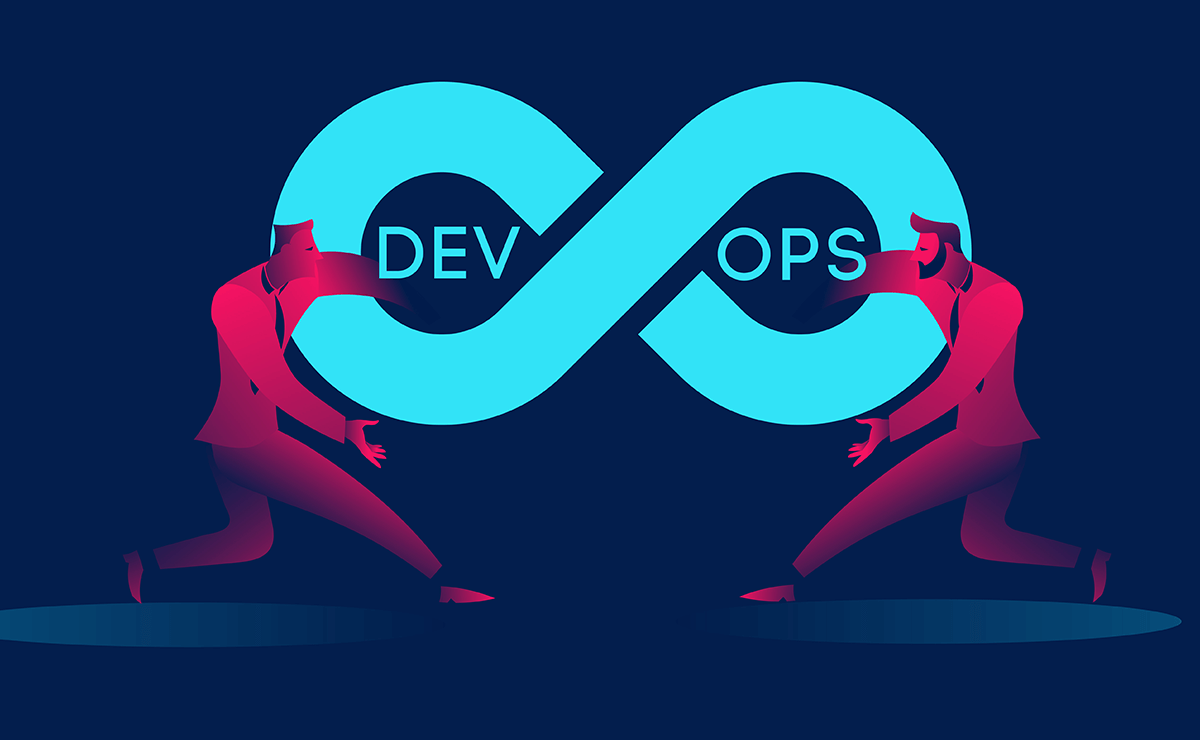1- What is Web Service?
A web service is a software product that enables networked machine-to-machine communication that is ubiquitous. It features a machine-processable interface that is described (specifically, web Service Definition Language, or WSDL).
OR
A web service is a collection of open protocols and standards that enable data transfer across various applications or systems. Software applications created in several programming languages and running on a range of platforms can utilize web services to exchange data via computer networks like the Internet in a way like inter-process communication on a single computer.
Web services perform a single task or a group of related operations. A web service is described using a formal, standardized notion of XML called its service description, which gives all the information required to interact with the service, such as message formats (that detail the actions), transport protocols, and location.
Because of how the interface is designed, users are unable to see the service’s implementation details, making it possible for users to utilize the service regardless of the hardware or software platform or programming language on which it was developed. This independence enables and promotes crosstechnology, loosely connected, component-oriented implementations of web service-based systems. To complete a complex aggregate or a business transaction, web services can be utilized independently or in conjunction with other web services.
2- Why we need Web Service?
Multiple coding languages and platforms are used to create web-based business apps in the modern era. Different applications might be created using different programming languages, such as Java, .Net, Angular JS, Node.js, etc.
These heterogeneous apps typically require communication to occur between them. It is quite challenging to maintain accurate communication across applications because they were developed using different programming languages. Web services are useful in this situation. Web services offer a standard platform that enables communication between several applications created using different programming languages.
3- How Web Service benefit your organization?
A technology known as web services allows for the deployment and accessibility of business operations over the World Wide Web. Your applications can be integrated into the Web by using web services.
Web services can benefit your business in the following ways:
• Bringing down business expenses
• Enabling the quicker deployment of solutions
• Offering unique opportunities
A common program-to-program communication architecture based on established and developing standards like HTTP, XML, SOAP, and WSDL is essential for accomplishing all these advantages.
4- How Does Web Service Works?

An extremely simplified representation of how a web service would operate is shown in the above diagram. A client would send requests to a server, which would host the real web service, invoking a series of web service calls.
These requests are made via a technology called remote procedure calls. A remote procedure call (RPC) is a request sent to a method that is hosted by the appropriate web service. As an example, Amazon offers a web service that displays prices for goods sold online through amazon.com. The presentation layer, or front end, can be present. Java or.NET, the web service could be contacted using either programming language.
The primary element of a web service design is the XML-based data that is transmitted from the client to the server. In addition to being a close relative of HTML, XML (Extensible Markup Language) is also a simple intermediate language that many programming languages can understand. So, XML is essentially the language used when apps communicate with one another. This offers a platform on which programs written in different programming languages can communicate with one another.
For transmitting the XML data across applications, web services make use of something called SOAP (Simple Object Access Protocol). It uses standard HTTP to send the data. A SOAP message is a type of data transfer between a web service to an application. All that the SOAP message is an XML file. The web service client application can be created in any programming language because the document is written in XML.
5- Components of Web Service
The most foundation for web services is XML and HTTP. All common web services make use of the following components:
SOAP (Simple Object Access Protocol)
Simple Object Access Protocol is known as SOAP. A message protocol that is independent of transportation exists. XML data is sent in the form of SOAP messages, which is the foundation of SOAP. Each transmission has a document called an XML document attached to it. The XML document’s content is un-patterned, just its structure does. The most advantageous feature of Web services and SOAP is that everything is transmitted through HTTP, the industry-standard web protocol.
Each SOAP document must contain a root element known as the element. The initial element in an XML document is the root element. The “envelope” is divided into two halves. The header appears first, followed by the body. The header contains the routing data, or information that tells the XML document which client it should be routed to. Body text will contain the true message.
UDDI (Universal Description, Discovery, and Integration)
A standard called UDDI is used to specify, publish, and discover an online service provider. It offers a specification that makes it easier to host data using web services. A client application can find a WSDL file to learn about the various activities that a web service offers by using the repository that UDDI offers for hosting WSDL files. As a result, the client application will have total access to the UDDI, which functions as a database for all WSDL files.
Like a phone book holds a person’s name, address, and phone number, the UDDI registry will keep the data needed for the online service. so that a client application can determine where it is.
WSDL (Web Services Description Language)
A web service cannot be used if it cannot be found. It is important for the client using the web service to understand where it is. Second, to activate the right web service, the client application needs to be aware of what the web service does. This is done using the Web services description language, or WSDL. Another XML-based file, the WSDL file describes what the web service does for the client application. By using the WSDL document, the client application will be able to understand where the web service is hosted and how to access it.
XML-RPC
The most fundamental XML protocol for exchanging data among many different types of networked devices is called XML-RPC (Remote Procedure Call). It communicates other information and transfers data from client to server fast and easily using HTTP.
Restful Web Service
REST enables communication and connectivity between devices and the internet for API-based operations, and it will also be covered in detail later. The supporting protocol for most RESTful services is HTTP.
6- Web Service Architecture
Like web services, every framework needs some type of architecture to ensure that the entire framework functions as intended. Following are the three distinct responsibilities that make up the Web Services Architecture:
Provider: The provider develops the web service and makes it accessible to client applications for use.
Requestor: A requestor is just the client program that must get in touch with a web service. Any language-based program that searches for functionality through a web service qualifies as a client application, including Java, .Net, and others.
Broker: The broker is nothing more than the software that grants access to the UDDI. The UDDI, which was covered in the prior session, enables the client application to find the web service. The interaction between the Service provider, Service Requestor, and Service Registry is shown in the figure below.

Publish: To make a web service available to users, a provider uses the broker’s publish interface to notify the broker (service registry) of the web service’s existence.
Find: To identify a web service that has been published, the requestor talks to the broker.
Bind: Using the knowledge it acquired about the web service from the broker (service registry), the requestor can bind, or invoke, the web service.
7- Features of Web Services
Following are some characteristics of web services:
XML-based: A web service uses XML for its record transmission and information representation layers. Platform, operating system, and networking binding are not required while utilizing XML. Web-based apps are highly interoperable at the middle level.
Loosely Coupled: An internet service provider’s customer isn’t always associated with that provider directly. A web service provider’s user interface may change over time without influencing the user’s ability to communicate with the service provider. Since the decisions of the client and server are closely intertwined in a strongly coupled system, any changes to one interface must also affect the other. Software systems are easier to administer and may be integrated into other structures more easily with a loosely coupled design.
Ability to be Synchronous or Asynchronous: The term “synchronicity” refers to the link between the client and the function’s processing. Clients that are stopped from further synchronous invocations must wait for the service to finish its activity. Invoking a job and then moving on to other tasks is possible with asynchronous operations.
While synchronous clients see the effects of the service immediately once it is finished, asynchronous clients experience its outcomes later. Asynchronous capabilities are needed to allow loosely coupled systems.
Coarse-Grained: Systems that use objects, like Java, make their services accessible through distinct methods. Character-based operations are simply too fine to be effective at the corporate level. Building a Java application from scratch requires the creation of numerous fine-grained strategies, which are then integrated into a rough-grained provider that is either consumed by a buyer or a service.
The interfaces that corporations disclose should also be coarse-grained. A simple method for developing coarse-grained services with access to sufficient commercial corporate logic is web service creation.
Supports Remote Procedural Call: Consumers can utilize a web service to call functions, methods, and procedures on remote objects via an XML-based interface. The input and output framework offered by distant systems must be supported by a web service.
Supports Document Exchanges: One of XML’s most enticing characteristics is its straightforward method of interacting with complicated entities and data. These records can be as simple as talking to the current address or as complicated as talking to an entire book or a Request for Quotation. The straightforward exchange of archives is made possible by web administrations, which helps with reconciliation.




